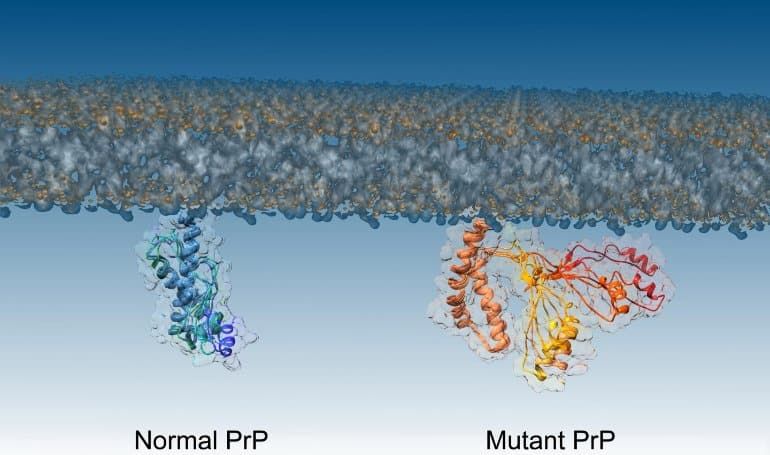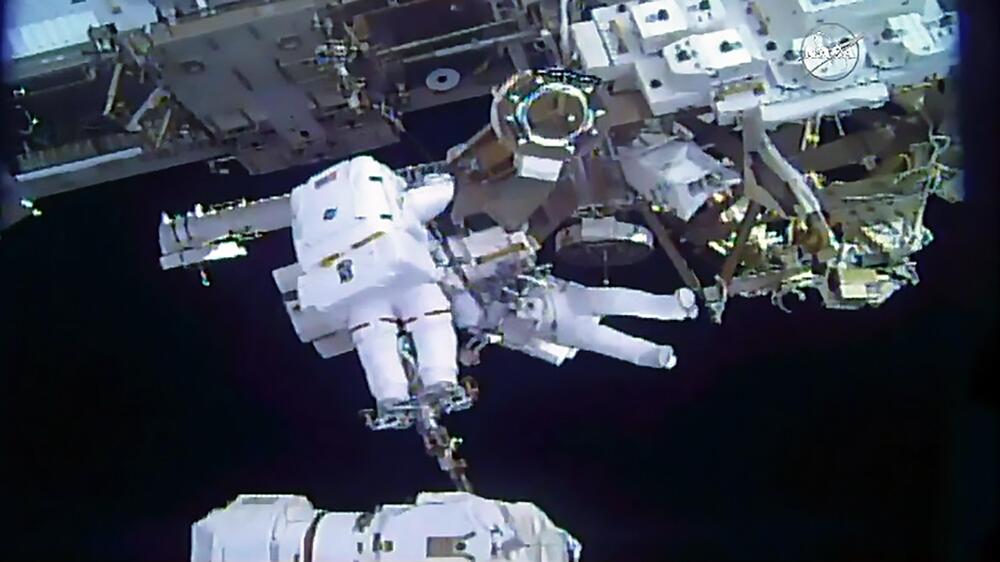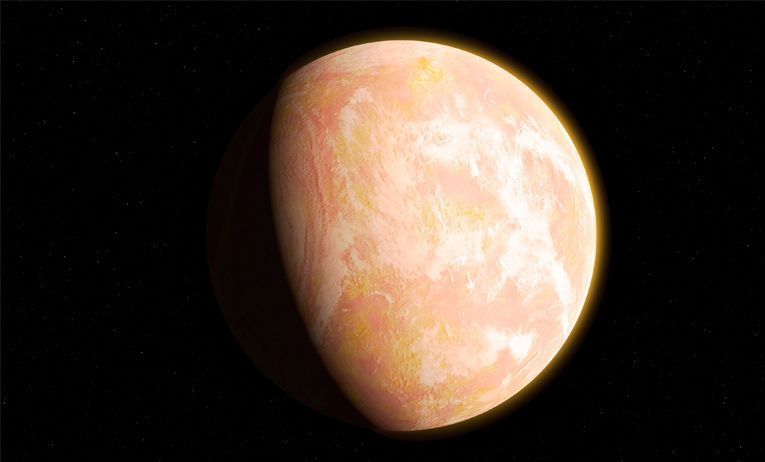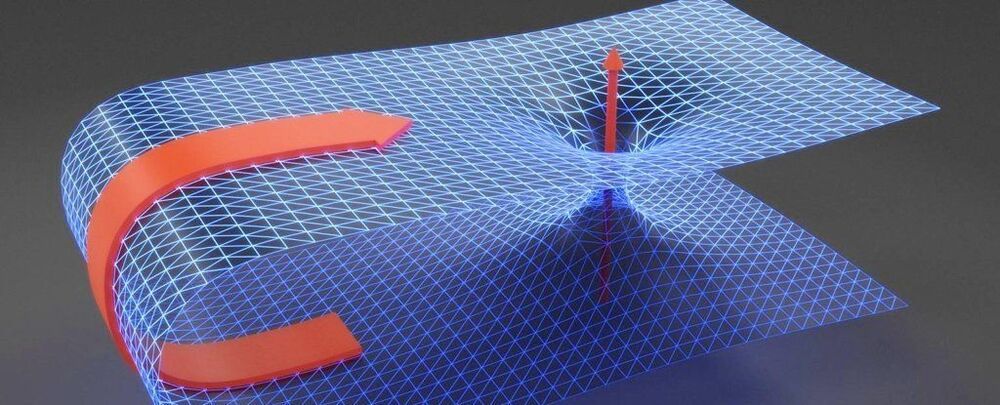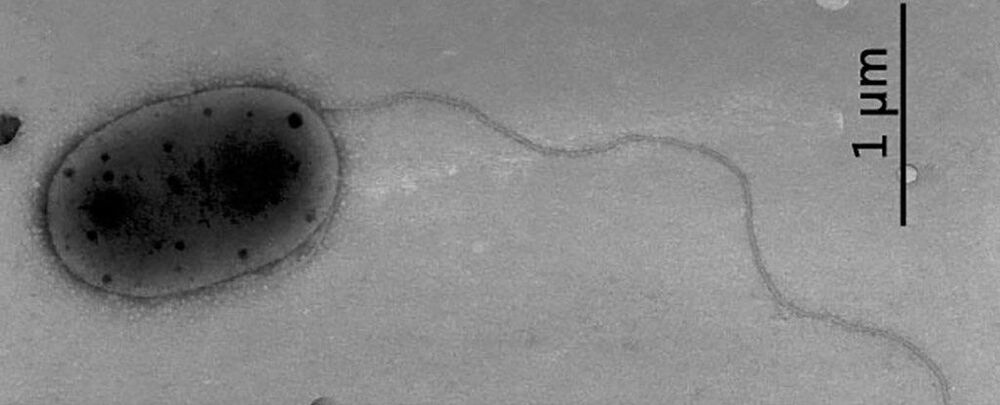
Researchers at the quantum computing firm D-Wave Systems have shown that their quantum processor can simulate the behaviour of an “untwisting” quantum magnet much faster than a classical machine. Led by D-Wave’s director of performance research Andrew King, the team used the new low-noise quantum processor to show that the quantum speed-up increases for harder simulations. The result shows that even near-term quantum simulators could have a significant advantage over classical methods for practical problems such as designing new materials.
The D-Wave simulators are specialized quantum computers known as quantum annealers. To perform a simulation, the quantum bits, or qubits, in the annealer are initialized in a classical ground state and allowed to interact and evolve under conditions programmed to mimic a particular system. The final state of the qubits is then measured to reveal the desired information.
King explains that the quantum magnet they simulated experiences both quantum fluctuations (which lead to entanglement and tunnelling) and thermal fluctuations. These competing effects create exotic topological phase transitions in materials, which were the subject of the 2016 Nobel Prize in Physics.
